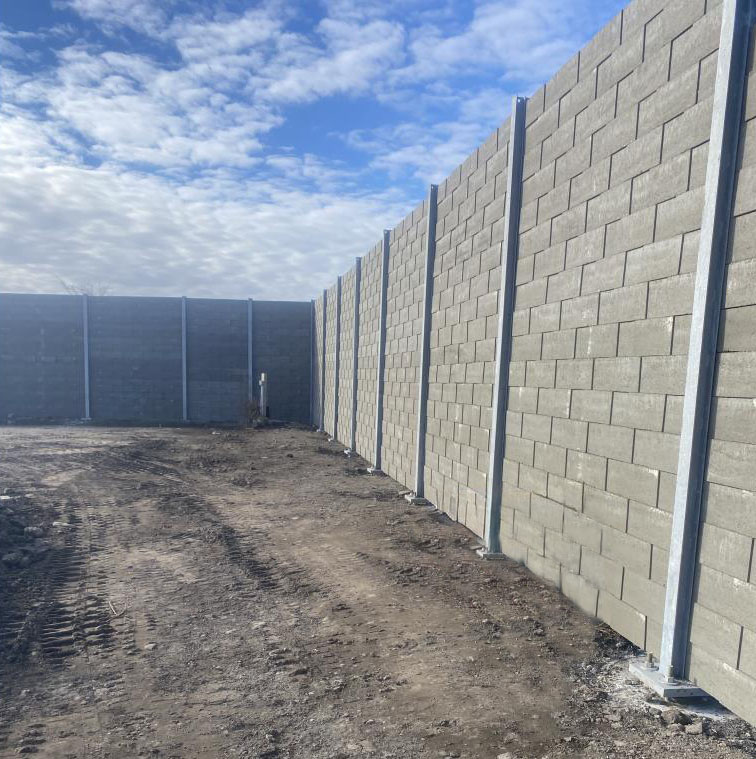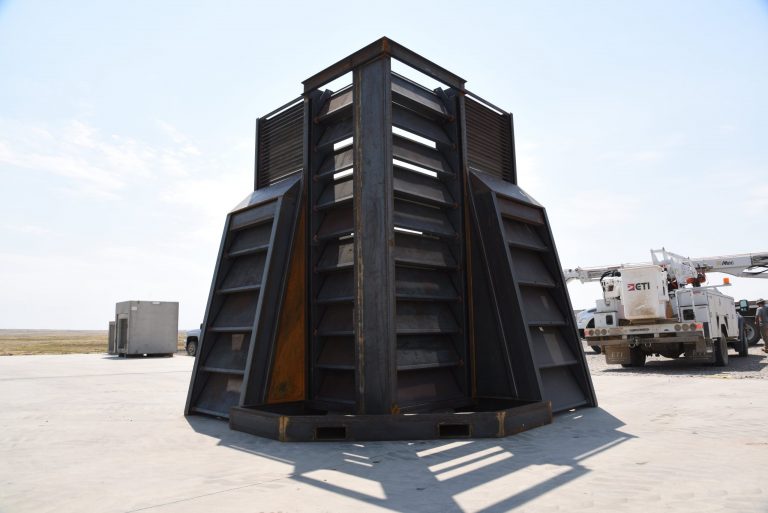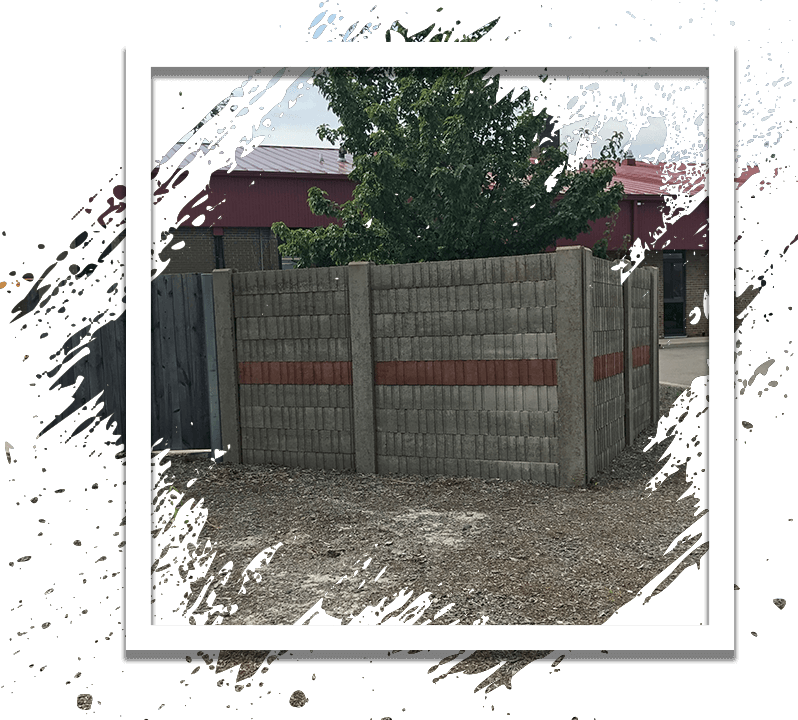
Most Effective Ways to Protect Critical Electricity Infrastructure
Protecting our nation’s critical infrastructure, particularly within the energy sector, has been a top tier priority of government officials, utility industry titans, and security experts and advocates alike. The importance of maintaining a strong and reliable power grid cannot be understated in a time when our nation, and its people, are only increasing their day-to-day reliance on it.
A new call to action as attacks on the US power grid rise
After experiencing a staggering rise in physical assaults in 2022, incidents remain high. According to the North American Electric Reliability Corporation (NERC) there were roughly 2,800 reports of gunfire, vandalism, and other strikes on electrical networks last year [1].
As a result of continued threats, a collective of private utility companies and NERC established a list of proposed security improvements to mitigate known vulnerabilities. Among these suggested measures were more robust barriers along the perimeter of key infrastructure sites, additional technology and on-site security personnel, and new risk mitigation audits to identify and proactively communicate threats among various sites and locations [2].
A study performed by Jenna K. McGrath of the School of Public Policy at the Georgia Institute of Technology, sought to better understand and test which of these utility and agency-proposed security improvements would be most effective through advanced cyber simulation. The study determined that with incremental upgrades to substation security the effects of physical attacks could be mitigated, however, some improvements would indeed be more impactful than others.
The two most effective security upgrades to protect critical electricity infrastructure

SUBSTATION BARRIER WALLS
Improving barriers around substations, using concrete walls and fencing, proved to be one of the most effective methods of protecting critical electricity infrastructure and maintaining the operational integrity of the power grid [3].
This can be for a variety of reasons. Precast concrete walls provide 100% visual blockage, which makes performing an effective attack more challenging. Concrete is inherently ballistic resistant, although like most products, there are variables that impact this including wall thickness, layers, and of course the bullet that is being used [4]. Additionally, concrete is rated as a Type I Noncombustible (or limited-combustible) material by the National Fire Protection Association [5], making its efficacy as an effective substation protective agent unimpeachable.
ARMORED TRANSFORMER PROTECTION
McGrath additionally found that armored shields positioned around the transformers themselves would be a highly effective security improvement.
The US imports roughly 85% of its high-voltage transformers from other countries [6]. As the world’s supply chain continues to struggle to find consistency – both post-COVID and battling various geopolitical crises including the war in Ukraine and armed conflict in Gaza – lead times for many goods and specialized equipment remain extended. This means that the impact of even a single transformer being compromised could be lasting and cause significant damage and instability.
In contrast, the most ineffective improvements on the list were determined to be increased substation lighting and reducing the foliage surrounding the site.
Power disruption costs American businesses BILLIONS each year
The US Department of Energy estimates that power outages cost American businesses around $150 billion each year [7]. While the majority of outages are caused by severe weather and natural disasters which are often difficult to protect against, system inadequacies and intentional attacks account for almost 14% of power disruptions. And in 2022, the United States experienced 71% more malicious attacks on electrical infrastructure than it did the year prior.
House Energy and Commerce Committee Chair, Cathy McMorris Rodgers, emphasized the importance of this matter in a 2023 committee address when she said [8],
“Energy is foundational to everything: our way of life, a strong economy, and our national security… For a more prosperous and secure future, we must safeguard our electrical grid from external threats like cyberattacks, physical attacks, and other disturbances.”
Improving and protecting the United States power grid will take investment, but it’s quite simply an effort our country can’t afford NOT to do.
References
- Kearney, L. US electric grid growing more vulnerable to cyberattacks; regulator says; The Reuters Daily Briefing, 2023.
- North American Electricity Reliability Corporation. CIP-014-2 Physical Security; North American Electricity Reliability Corporation: Atlanta, GA, USA, 2015.
- McGrath, J. Will Updated Electricity Infrastructure Security Protect the Grid? A Case Study Modeling Electrical Substation Attacks. MDPI, 2018.
- Valderrama, M. What will stop a bullet? Bullet Safe, 2023.
- O’Connor, B. Types of Construction and Material Combustibility. NFPA, February, 2021.
- INL Media Relations. Armor technology designed to protect the power grid licensed by Michigan company. Idaho National Laboratory, March, 2022.
- The Impact of Power Outages; Consequences of blackouts for commerce and public health. Pinkerton, November, 2023.
- Chair Rodgers: We Must Safeguard our Electrical Grid; Energy & Commerce, July, 2023.







